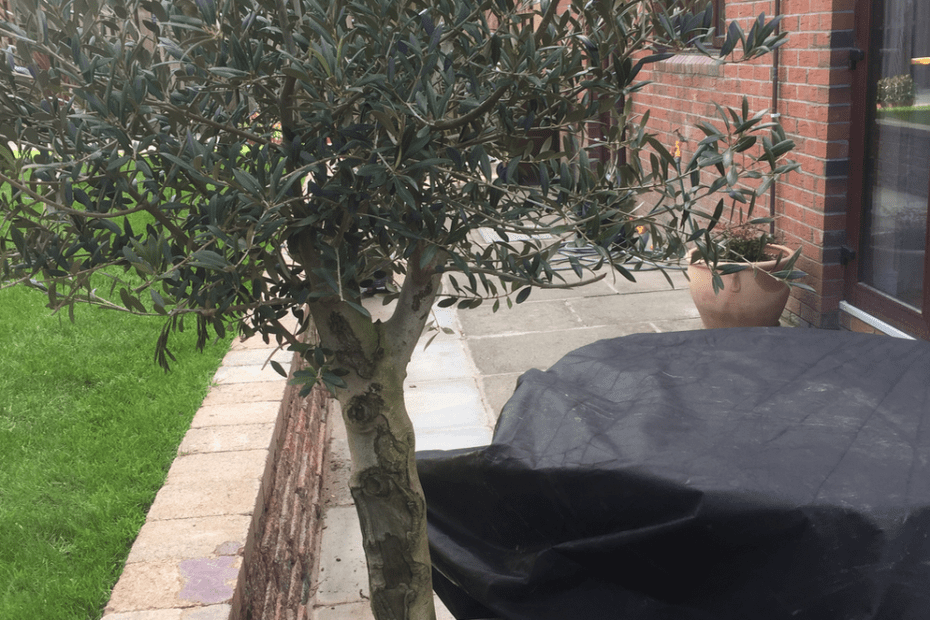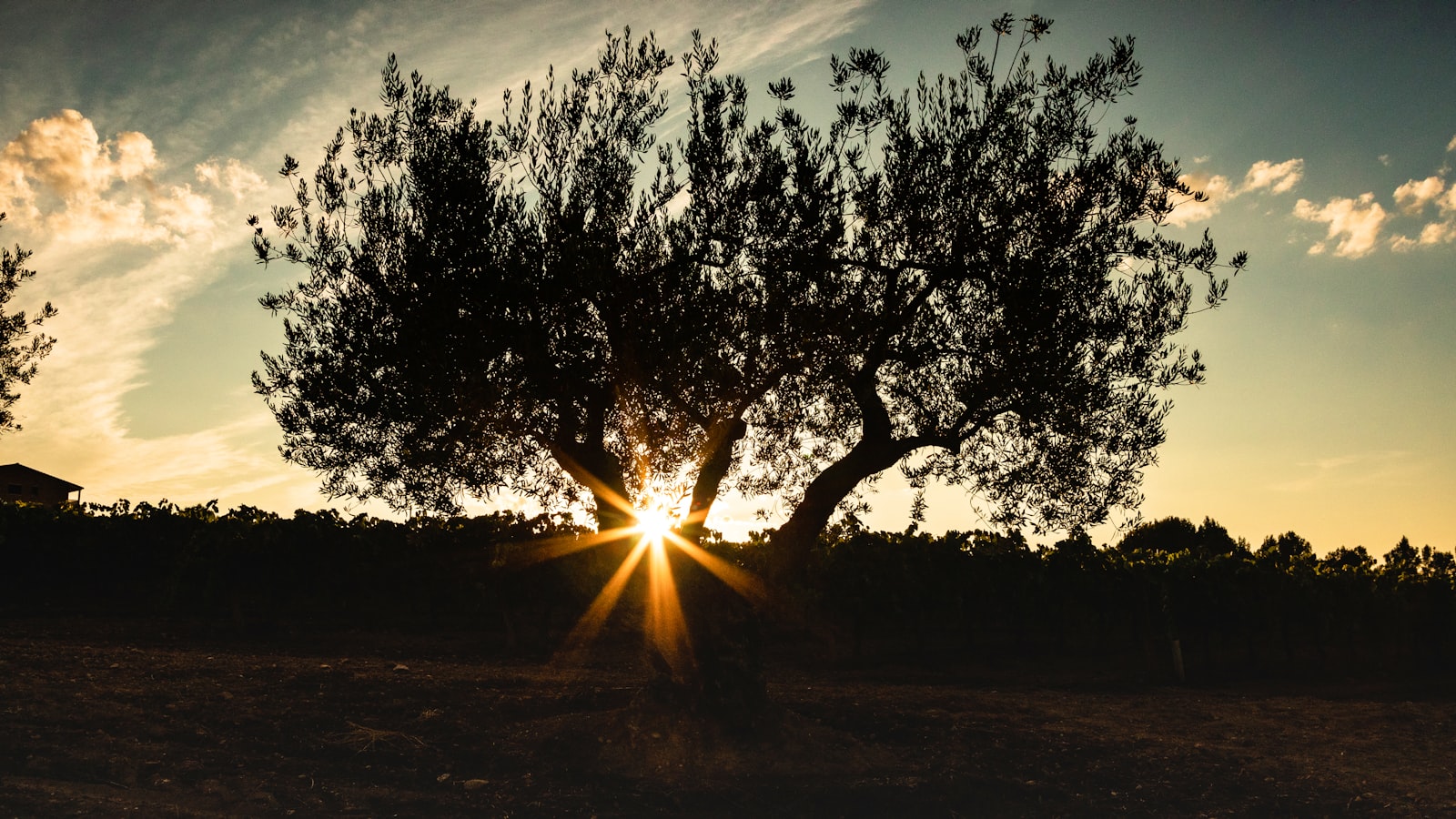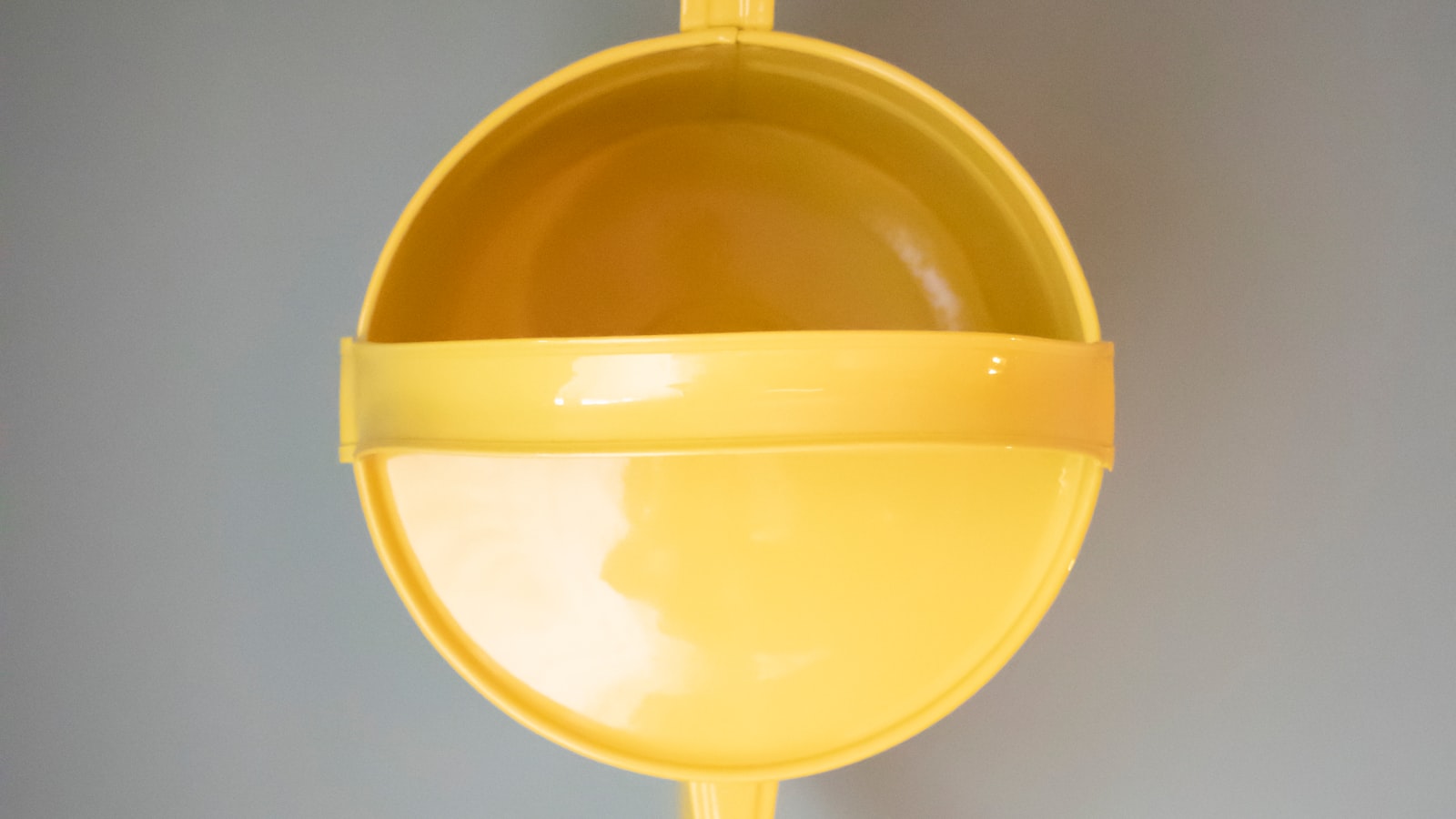The dance of the olive tree is an ancient rhythm that echoes through the ages, rooted deep within the Mediterranean soil. Its delicate branches reach gracefully toward the heavens, bearing witness to centuries of history. As it stands tall, an aura of wisdom emanates from its leaves, capturing the essence of time itself. But amidst this mesmerizing spectacle lies a enigmatic question: how often should one quench the thirst of this majestic guardian? In this article, we delve into the secrets of the olive tree’s watering needs, uncovering the delicate balance between nurturing and overindulgence. Join us on a journey that will not only reveal the ancient art of watering, but also unlock the sublime connection between man, nature, and the liquid life that flows through our fingertips.
Olive Tree Watering Guide: Finding the Perfect Balance for Optimal Growth
When it comes to watering your olive tree, finding the perfect balance is crucial for ensuring its optimal growth and health. While olive trees are known for their resilience and ability to endure dry conditions, they still require regular watering to thrive. Overwatering can cause root rot and other issues, while underwatering can lead to stunted growth and poor fruit production. So how often should you water your olive tree? Let’s dive into the key factors to consider.
| Feature/Tips | Description |
|---|---|
| Soil Moisture | Check the moisture level of the soil by sticking your finger into the top few inches. If it feels dry, it’s time to water. |
| Seasonal Variation | During the growing season (spring and summer), olive trees need more frequent watering. Reduce the frequency in fall and winter. |
| Drainage | Ensure the pot or planting area has proper drainage to avoid waterlogging. Excess water should be able to freely drain away. |
As a general guideline, olive trees should be watered deeply, allowing the water to penetrate the root zone. Depending on the climate and soil conditions, this may be once every 7 to 14 days during the warmer months. In arid regions, watering twice a week may be necessary. However, it’s important to adjust the frequency based on your specific olive tree’s needs. Keep in mind that established olive trees with well-developed root systems require less watering than newly planted ones.
Determining the Watering Frequency: Factors to Consider for Your Olive Tree
Ensuring the optimal watering frequency for your beloved olive tree is essential for its growth and overall health. Understanding the factors that influence this frequency can help you provide the perfect hydration regimen for your tree. Here are some key considerations to keep in mind:
Sunlight Exposure
Take note of the amount of sunlight your olive tree receives daily. Sunlight exposure directly affects the tree’s water requirements. If your tree is located in a spot with abundant sunlight, it will likely need more water to compensate for increased evaporation and transpiration. Conversely, if your olive tree is in a shaded area, it will necessitate less frequent watering.
Soil Drainage
The type and quality of the soil in which your olive tree is planted significantly impact its watering needs. Well-draining soils allow excess water to flow away freely, preventing waterlogging and root rot. On the other hand, poorly draining soils may require less frequent but deep watering to ensure proper hydration reaches the roots. Observe your soil’s drainage capabilities and adjust your watering accordingly.
| Features: | |
| 1. Deep waterings encourage strong root development. | • Abundant sunlight may increase watering needs. |
| 2. Water in the early morning or late afternoon to minimize evaporation. | • Well-draining soil prevents root rot. |
| 3. Ensure water penetrates the root zone, about 12 inches deep. | • Shaded areas may require less frequent watering. |
By considering these factors, you can determine the watering frequency that suits your olive tree’s unique conditions. Watch your tree closely, monitor soil moisture levels, and adjust your watering schedule as needed to promote the optimal growth and thriving of your beautiful olive tree.
Crucial Steps in Watering your Olive Tree: Dos and Don’ts for Proper Moisture Management
When it comes to watering your beloved olive tree, proper moisture management is essential for its health and growth. Knowing how often to water your olive tree can be a bit tricky as it depends on various factors such as climate, soil type, and tree age. However, by following these crucial steps, you can ensure that your olive tree receives the right amount of water, avoiding both under or overwatering.
w">Dos
- Water deeply and infrequently: Olive trees have deep roots, so providing a deep watering once a week is more beneficial than frequent shallow watering. This encourages the roots to grow deeper and helps the tree to become more drought-tolerant.
- Consider the weather: Evaluate the weather conditions before watering. During hot and dry periods, your olive tree may require more frequent watering, while during cooler and wetter seasons, you can reduce watering frequency. Always adjust your watering schedule based on the tree’s needs and the natural rainfall.
- Check the soil: Before watering, check if the top few inches of soil are dry. Olive trees prefer a well-draining soil, so make sure the water is penetrating the soil deeply without causing waterlogging.
<div class="column">
<h3>Don'ts</h3>
<ul>
<li><strong>Avoid overwatering:</strong> Olive trees are susceptible to root rot if they receive excessive moisture. Overwatering can lead to waterlogged soil, causing the roots to suffocate and potentially damaging the tree. Ensure the soil has adequate time to dry out between waterings.</li>
<li><strong>Avoid watering on a strict schedule:</strong> Every olive tree's water needs can vary, so it's crucial to adapt your <a href="https://up-gardening.com/how-to-dry-out-overwatered-plant/" title="How to Dry Out Overwatered Plant">watering routine based</a> on the tree's response. Pay attention to the appearance of the leaves, if they appear dull or droopy, it may indicate that the tree requires more water.</li>
<li><strong>Don't water from overhead:</strong> Avoid watering the foliage and trunk of the olive tree directly. Watering from the base of the tree allows the water to reach the roots effectively, minimizing the risk of diseases and ensuring efficient absorption.</li>
</ul>
</div>
| Feature/Tips | Description |
|---|---|
| Watering depth | Water deeply to encourage deep root growth and drought tolerance. |
| Weather consideration | Adjust watering frequency based on weather conditions and natural rainfall. |
| Soil drainage | Ensure soil is well-draining to prevent waterlogging and root rot. |





